By Brandon Kosters
F Newsmagazine sat down to speak with the legendary artist who, on May 6th, spoke alongside biographer Christopher Finch at the Art Institute of Chicago’s Fullerton Hall to promote Finch’s new biography, Chuck Close: Life, published by Prestel books.
Life is a follow up to Finch’s Chuck Close: Work. The Life book documents the many difficulties Close has had to overcome, from his humble upbringing (which was further complicated by his learning disabilities), to his paralysis later in life (Close has been confined to a wheelchair since a spinal artery collapse in 1988) .
“Long before I was physically disabled, I was learning disabled,” Close said. “[ At that time] there was no such thing as dyslexia. You were just dumb and lazy.”
In addition to dyslexia, Close said that he also suffered from neuromuscular problems as a child. This meant that he “couldn’t run, couldn’t throw a ball, and couldn’t keep up with the other kids physically.” He said that as a child he “wanted attention desperately, and I wanted to divert attention away from what I couldn’t do.” Thus, he turned to visual art. He began his formal training as an artist at the age of eight.
Amazingly, Close also suffers from a condition called prosopagnosia, or “face blindness.”
“I once didn’t recognize a woman I lived with for a year two years later,” Close said.
Close has worked to channel these difficulties into his artistic practice. “Everything that I do is a direct outgrowth og my learning disabilities,” Close said. “If I flatten someone’s face out I have a perfect sense of what they look like. I was compelled to do images of people I care about, to distinguish them from everyone else out there.”
Beginning in the the late sixties, Close has done large scale self portraits, many paintings of friend the composer Philip Glass, his wife Leslie, Cindy Sherman, and many others.
The work that Close is best known for are large scale paintings done using photographs (originally, polaroids) that he broke down to smaller squares (pixels, essentially, although he insists that he preceded the pixel) using a grid.
Though the works often bear a startling resemblance to their photographic sources, Close expressed his contempt for the terms “photorealism” and “supperrealism,” saying that he has always been “as interested in the artificial as the real,” and that mark making has always been important to him. He says that one thing he likes about the scale of his work is that the closer the viewer gets to the painting, the more he experiences the physicality and the more painterly aspects of his work. Close joked that “the abstract expressionists like to talk about their work being figurative, and the figurative painters talk about being more abstract.”
Chuck Close: Life is available at bookstores now.
venues

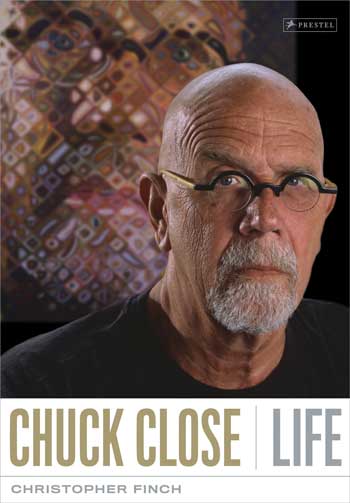
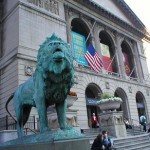
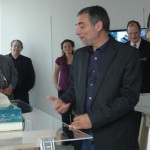
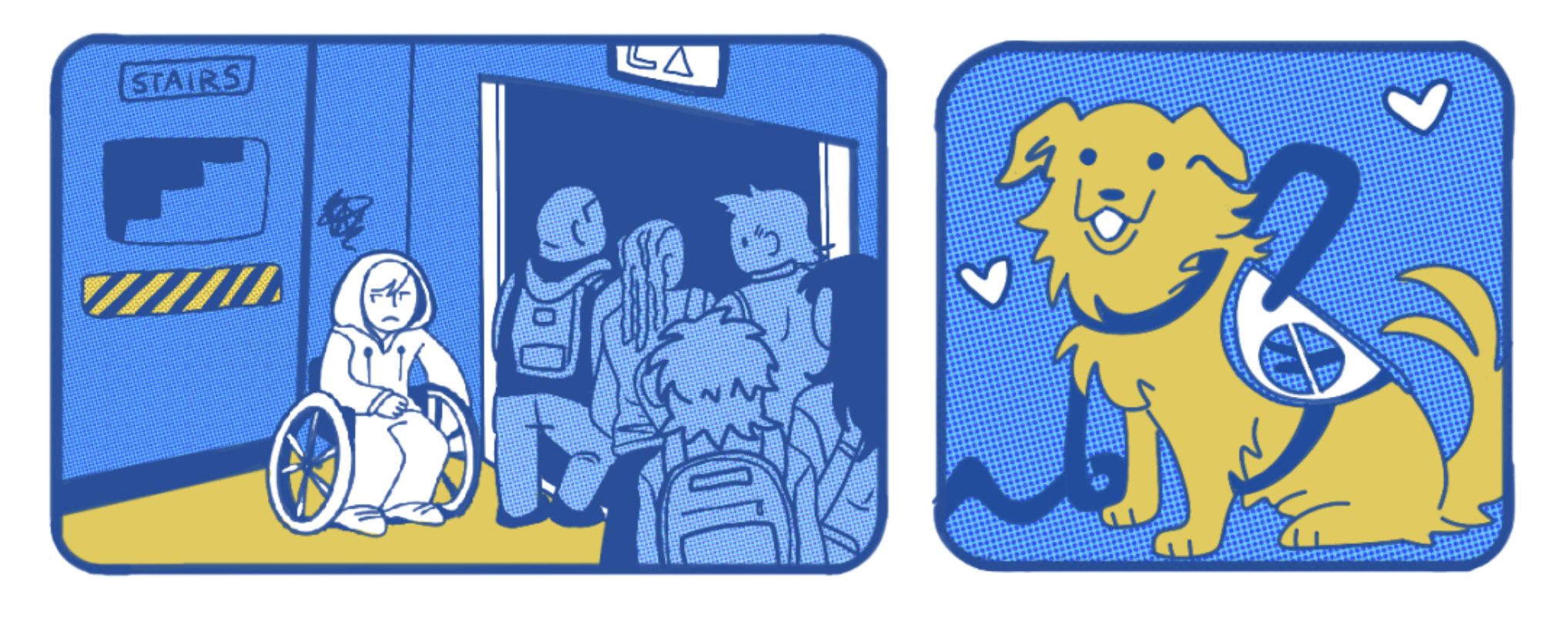








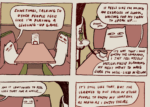








this is awesome, brandon. i just attended a workshop where we did group art based on close’s style.
Nice to hear from two friends at once!
No one who meets Chuck has any thought that there is anything he can’t do.
Nice to hear from two friends at once!
No one who meets Chuck has any thought that there is anything he can’t do.
[…] with Chuck Close. Fnews Magazine, School of the Art Institute of Chicago. Available from: http://fnewsmagazine.com/2010/05/interview-with-chuck-close/ [Accessed on 1 January […]